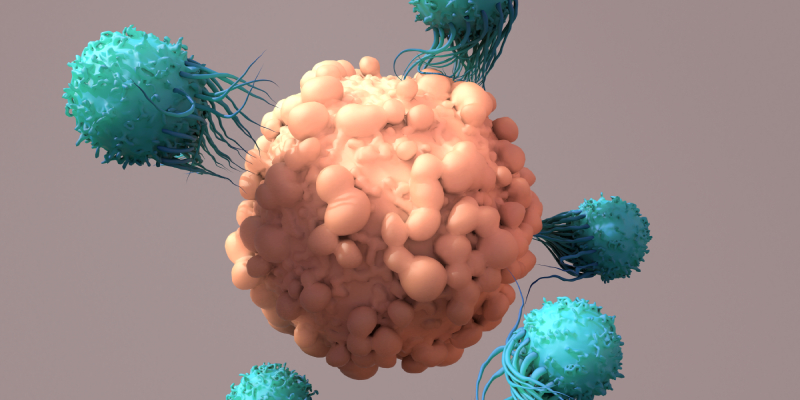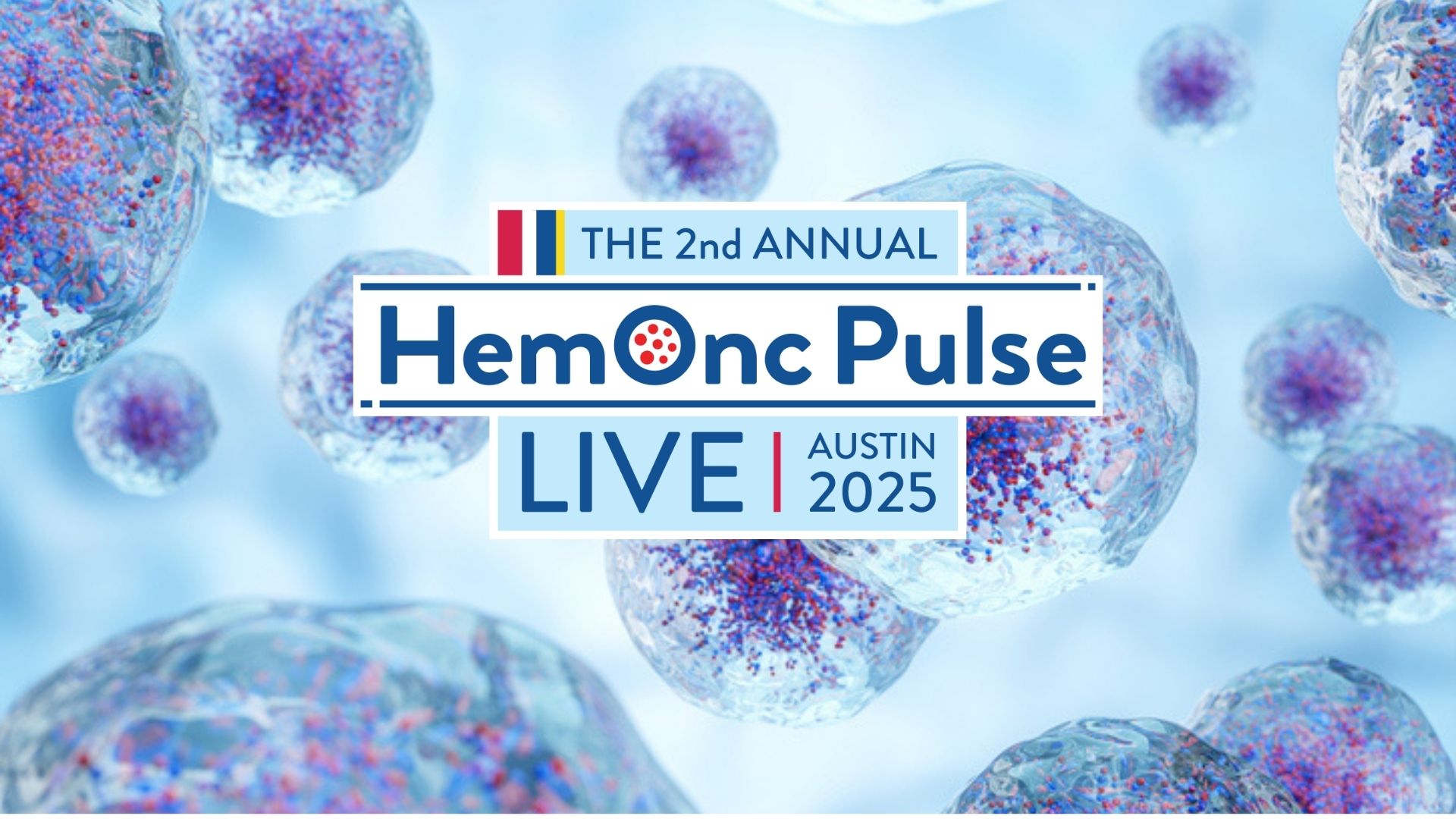
High disease burden is linked with inferior survival outcomes in children, adolescents, and young adults with relapsed or refractory B-cell acute lymphoblastic leukemia (ALL) who receive commercial tisagenlecleucel.
Liora Schultz, MD, of the Stanford University School of Medicine and colleagues conducted the study and published their findings in the Journal of Clinical Oncology.
Tisagenlecleucel is a CD19-directed chimeric antigen receptor (CAR) T-cell therapy approved by the US Food and Drug Administration (FDA) for children, adolescents, and young adults with relapsed or refractory B-cell ALL. The agency approved the therapy based on a complete response (CR) rate of 81%, a 12-month overall survival (OS) rate of 76%, and an event-free survival (EFS) rate of 50%, according to the study’s authors.
To evaluate real-world outcomes, Dr. Schultz and colleagues conducted a retrospective, multi-institution study on this subgroup of patients who underwent leukapheresis for commercial tisagenlecleucel. The study included 200 patients in an intent-to-treat response analysis, and the researchers analyzed survival and toxicity in 185 patients who received an infusion.
The morphologic CR rate was 79% in the intent-to-treat analysis, while the CR rate was 85% in the cohort of patients who received an infusion. The 12-month OS rate was 72% in the cohort of patients who received an infusion, while the EFS rate was 50% at a median follow-up of 335 days.
Prior to receiving tisagenlecleucel, 48% of patients had low-disease burden—defined as <5% bone marrow lymphoblasts, no central nervous system (CNS) disease of CNS-3 status, or other extramedullary disease—or undetectable disease. However, high-disease burden—defined as ≥5% bone marrow lymphoblasts, CNS-3, or extramedullary disease outside of the CNS—was associated with inferior outcomes in univariate and multivariate analyses. Patients with high-disease burden had a 12-month OS rate of 58% and an EFS rate of 31%, while patients with low-disease burden had a 12-month OS of 85% and an EFS of 70%, and those with undetectable disease had a 12-month OS of 95% and an EFS of 72% (P<.0001 for OS and EFS).
Grade 3 or higher cytokine release syndrome (CRS) occurred in 21% of patients overall, while grade 3 or higher neurotoxicity occurred in 7% of patients. In patients with high-disease burden, grade 3 or higher CRS occurred in 35%, and grade 3 or higher neurotoxicity occurred in 9%.
“Commercial tisagenlecleucel in [children, adolescents, and young adults with relapsed or refractory B-cell ALL] demonstrates efficacy and tolerability,” Dr. Schultz and colleagues concluded. “This first analysis of commercial tisagenlecleucel stratified by disease burden identifies [high-disease burden] preinfusion to associate with inferior OS and EFS and increased toxicity.”
Reference
Schultz LM, Baggott C, Prabhu S, et al. Disease burden affects outcomes in pediatric and young adult B-cell lymphoblastic leukemia after commercial tisagenlecleucel: a pediatric real-world chimeric antigen receptor consortium report. J Clin Oncol. 2022;40(9):945-955. doi:10.1200/JCO.20.03585






 © 2025 Mashup Media, LLC, a Formedics Property. All Rights Reserved.
© 2025 Mashup Media, LLC, a Formedics Property. All Rights Reserved.